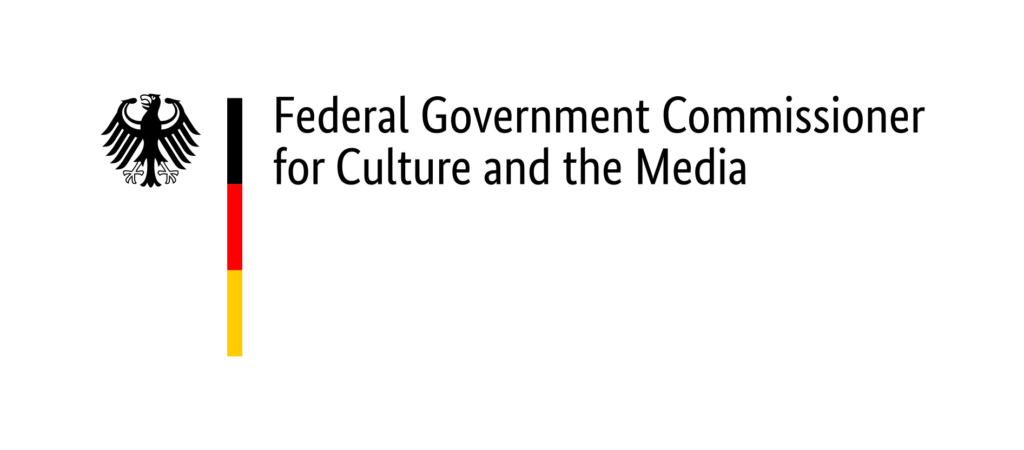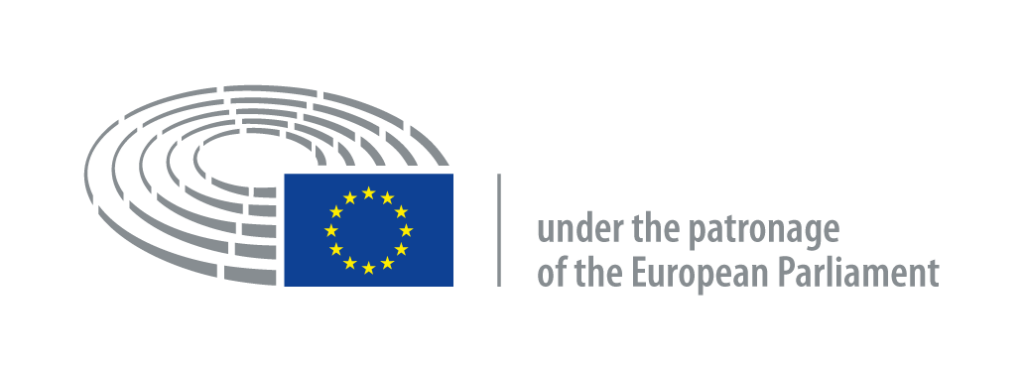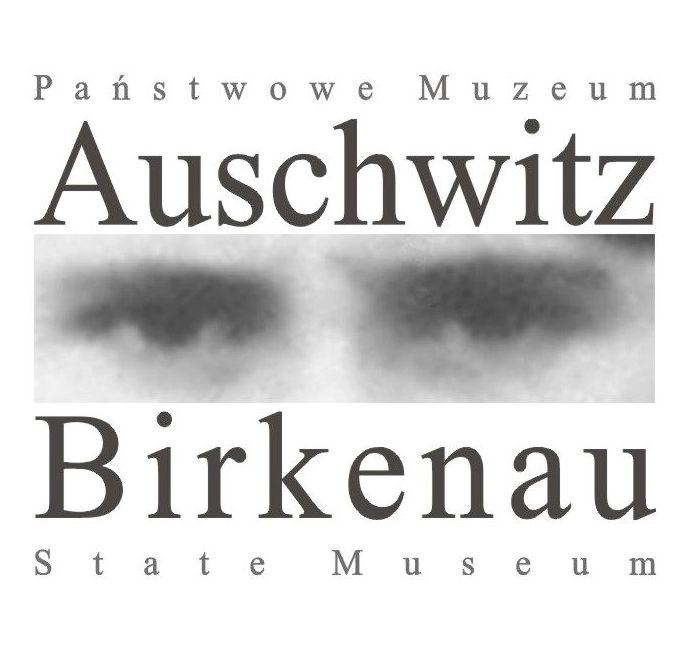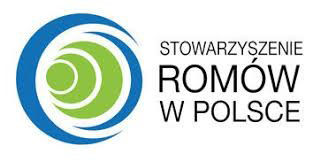The first commemorative visit of the Central Council to Auschwitz, October 1985; photo: Documentation and Cultural Centre of German Sinti and Roma.
Remembrance in Auschwitz
On 2 August of every year, the Central Council of German Sinti and Roma and the Roma Association in Poland hold an international commemoration event at the site of the Auschwitz-Birkenau memorial, in memory of the Sinti and Roma persecuted and murdered under Nazi rule. Since 1985, the Central Council has been inviting Holocaust survivors belonging to the minority from all over Germany to participate in this event.
The remembrance ceremony is regularly attended by senior representatives from the governments of Poland and other states. In 2011, the Polish Parliament declared the 2 August to be the national Day of Remembrance for the victims of the Nazi genocide perpetrated against the minority. On 15 April 2015, the European Parliament voted with an overwhelming majority to officially recognise the genocide perpetrated against over 500,000 Sinti and Roma by the Nazis and their allies. It also declared the 2 August as the European Roma Holocaust Memorial Day.
A camp, called the “Zigeunerfamilienlager” (gypsy family camp) by the SS, was built in February 1943 in section B II e of the Auschwitz-Birkenau death camp. Around 23,000 Sinti and Roma from across Europe were deported to the camp, based on the “Auschwitz Decree” of 16 December 1942. Over 19,000 of those interned there were murdered. From 2 to 3 August 1944 all the remaining prisoners, numbering around 4.200–4.300 Sinti and Roma (mainly women, older people and children) were killed in the gas chambers.
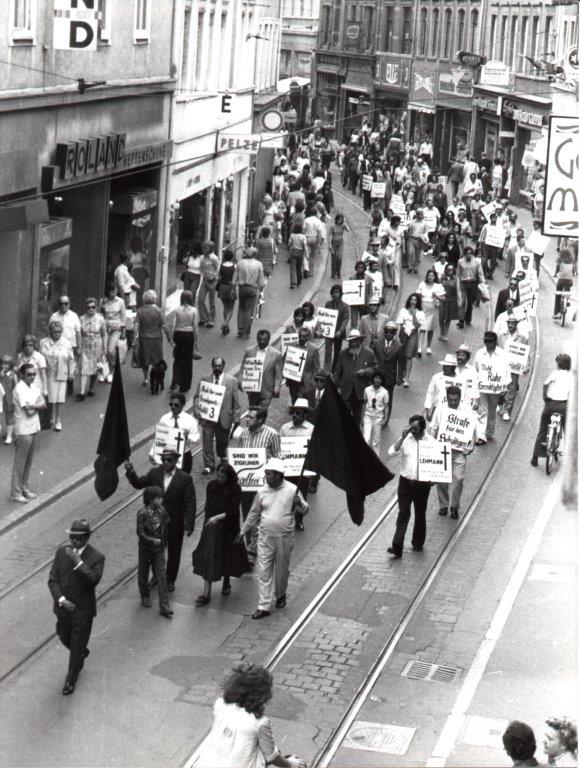
The early days of civil rights work of German Sinti and Roma
Exhibition “The long path to recognition of the Roma and Sinti Holocaust”
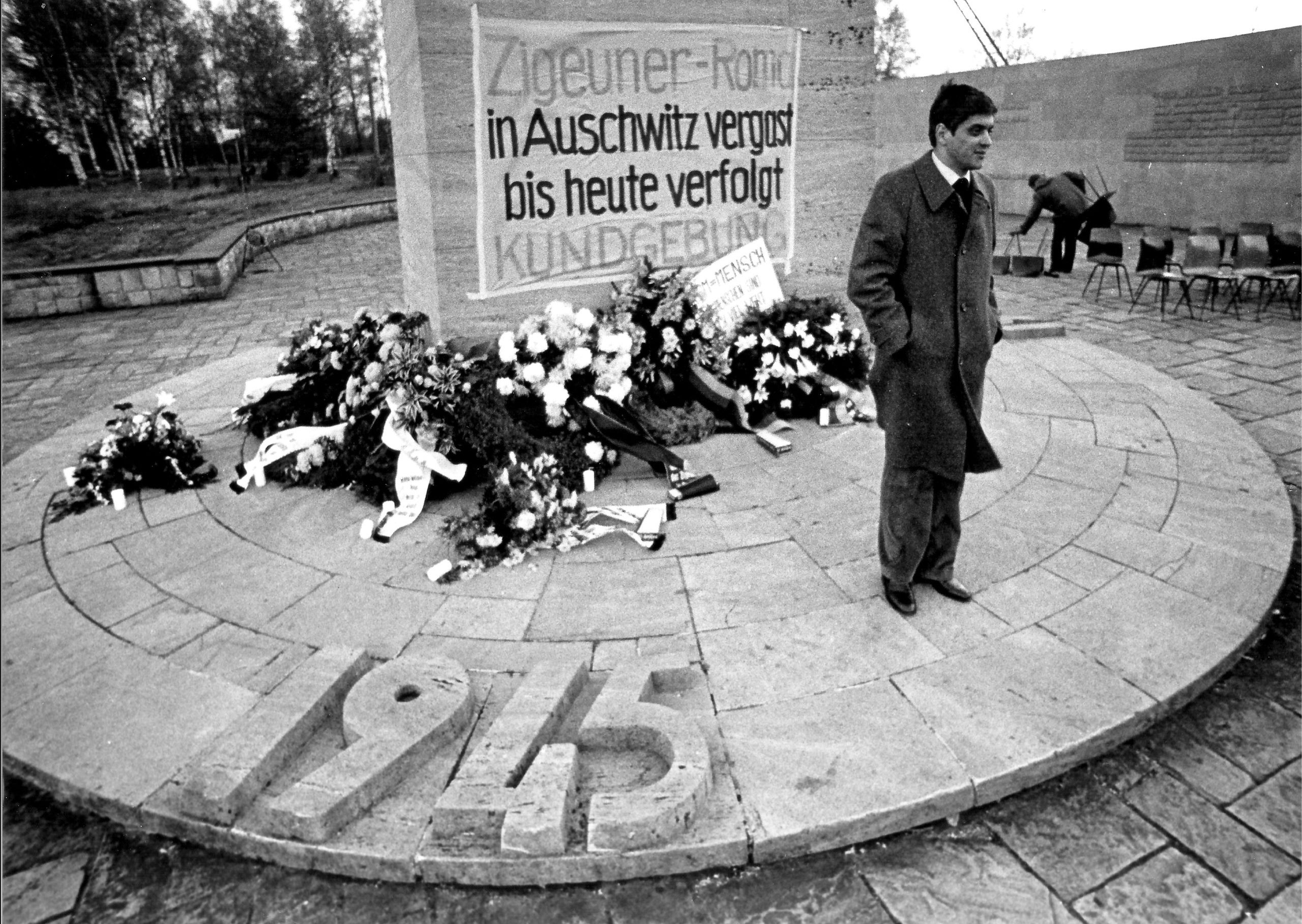
First public civil rights campaign against racism
Exhibition “The long path to recognition of the Roma and Sinti Holocaust”
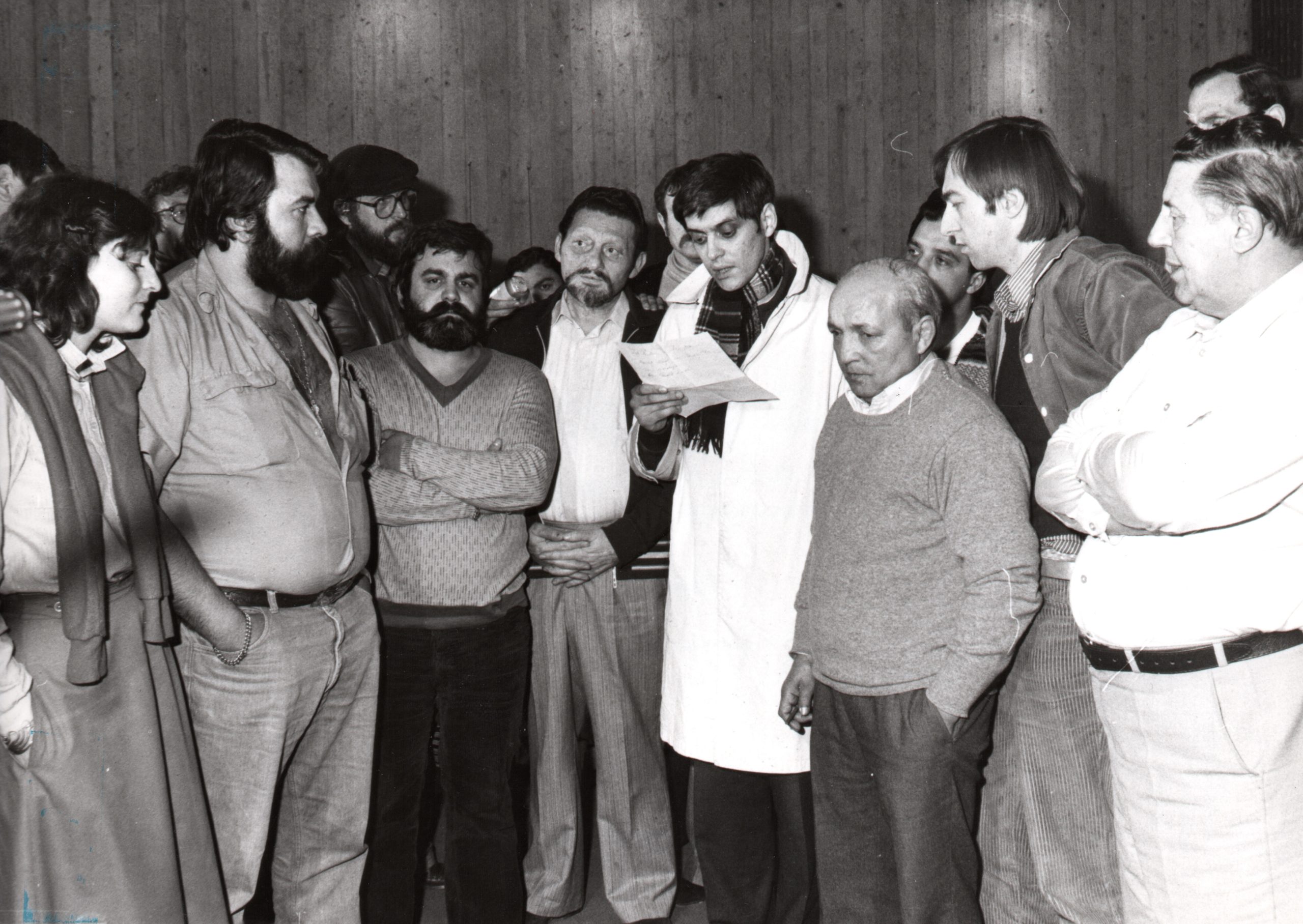
The hunger strike at the former concentration camp in Dachau
Exhibition “The long path to recognition of the Roma and Sinti Holocaust”
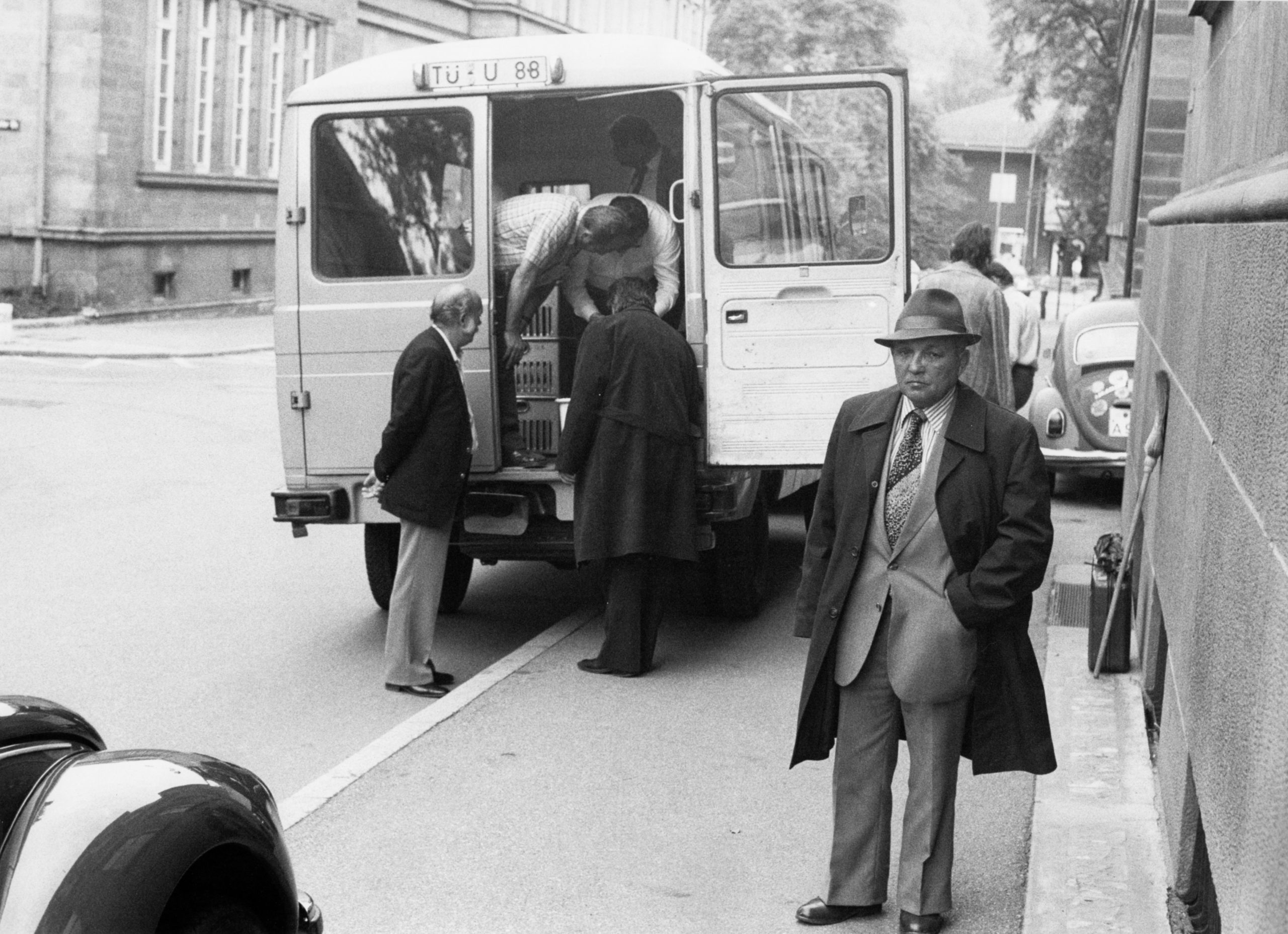
The search for the Nazi race files
Exhibition “The long path to recognition of the Roma and Sinti Holocaust”
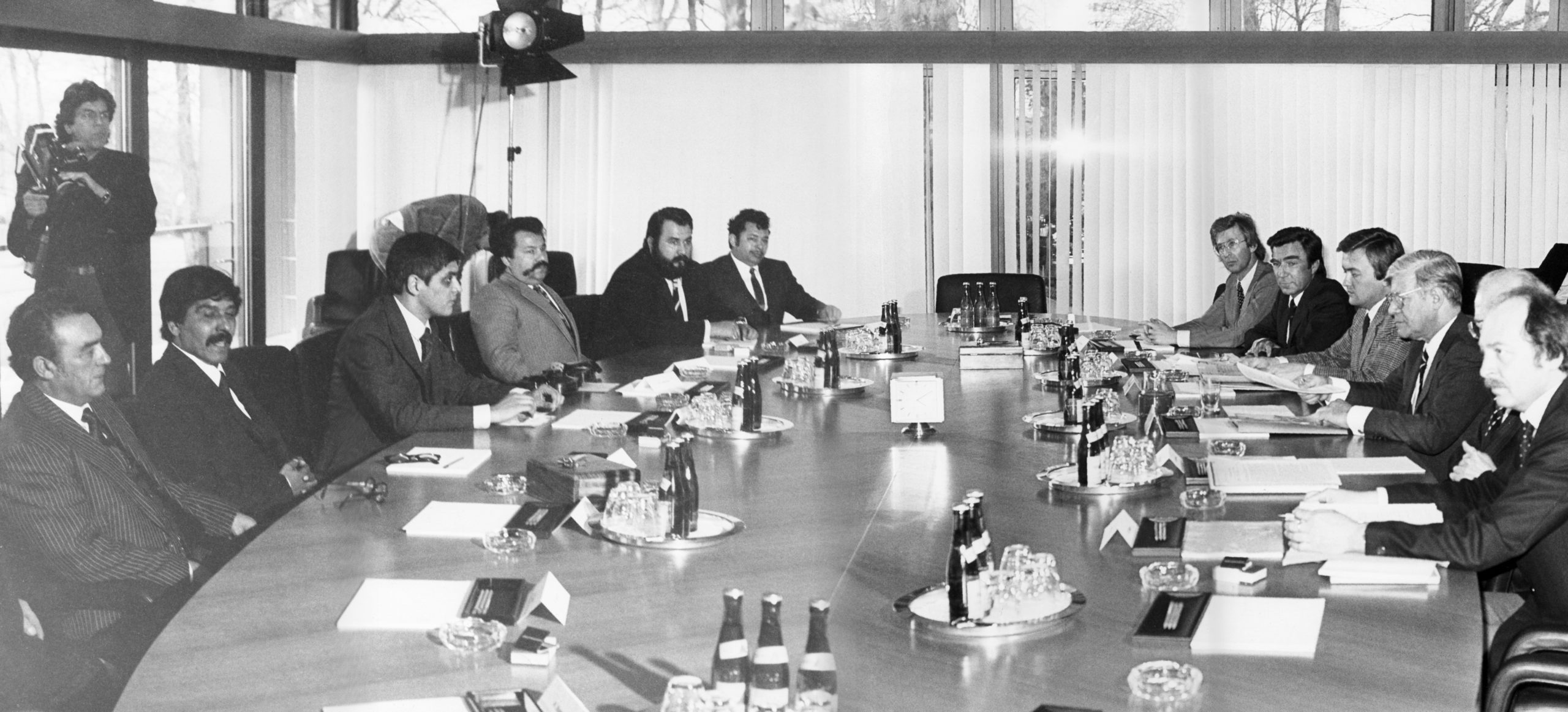
The recognition of the Nazi genocide of the Sinti and Roma
Exhibition “The long path to recognition of the Roma and Sinti Holocaust”
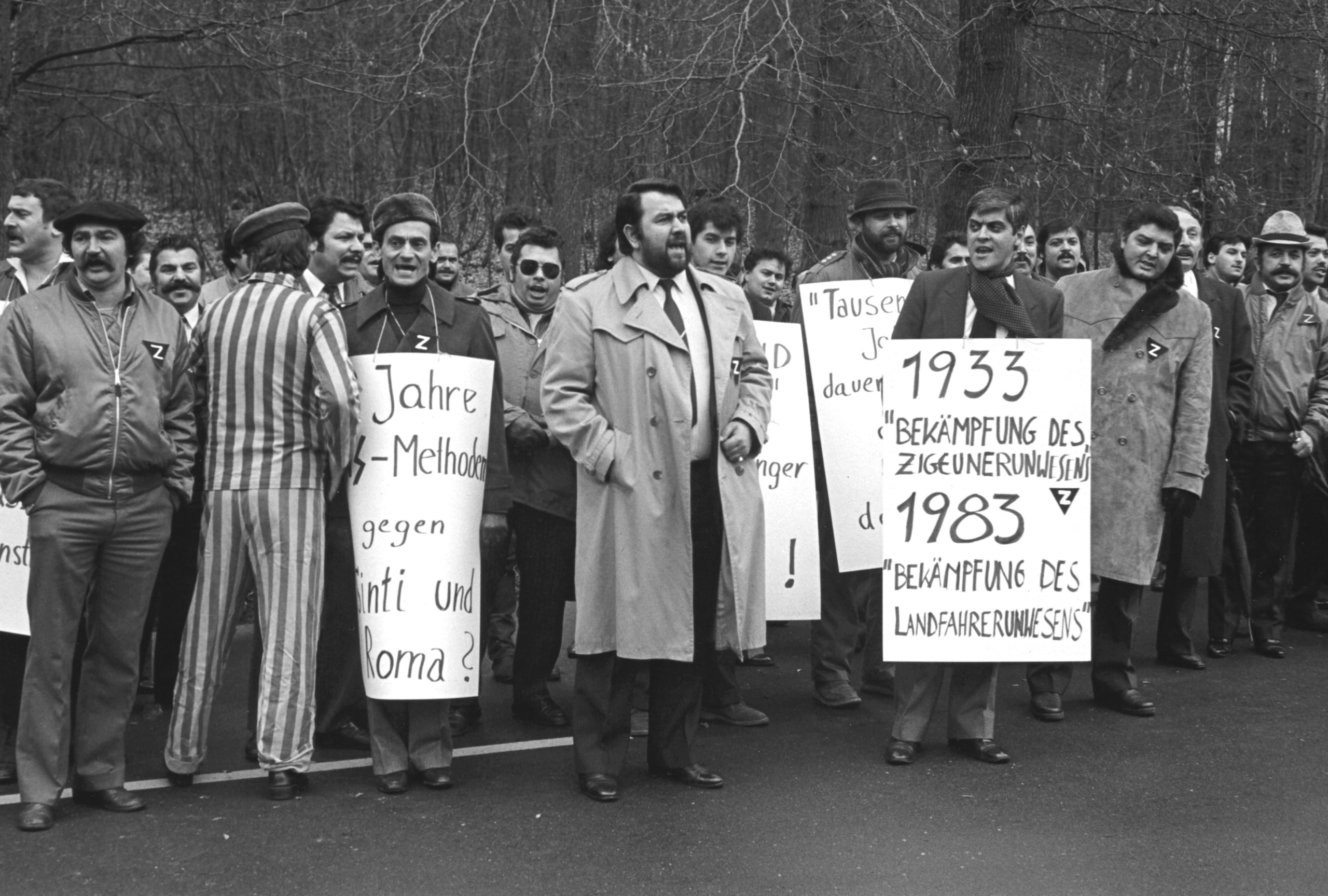
Protests against special registration by the police
Exhibition “The long path to recognition of the Roma and Sinti Holocaust”
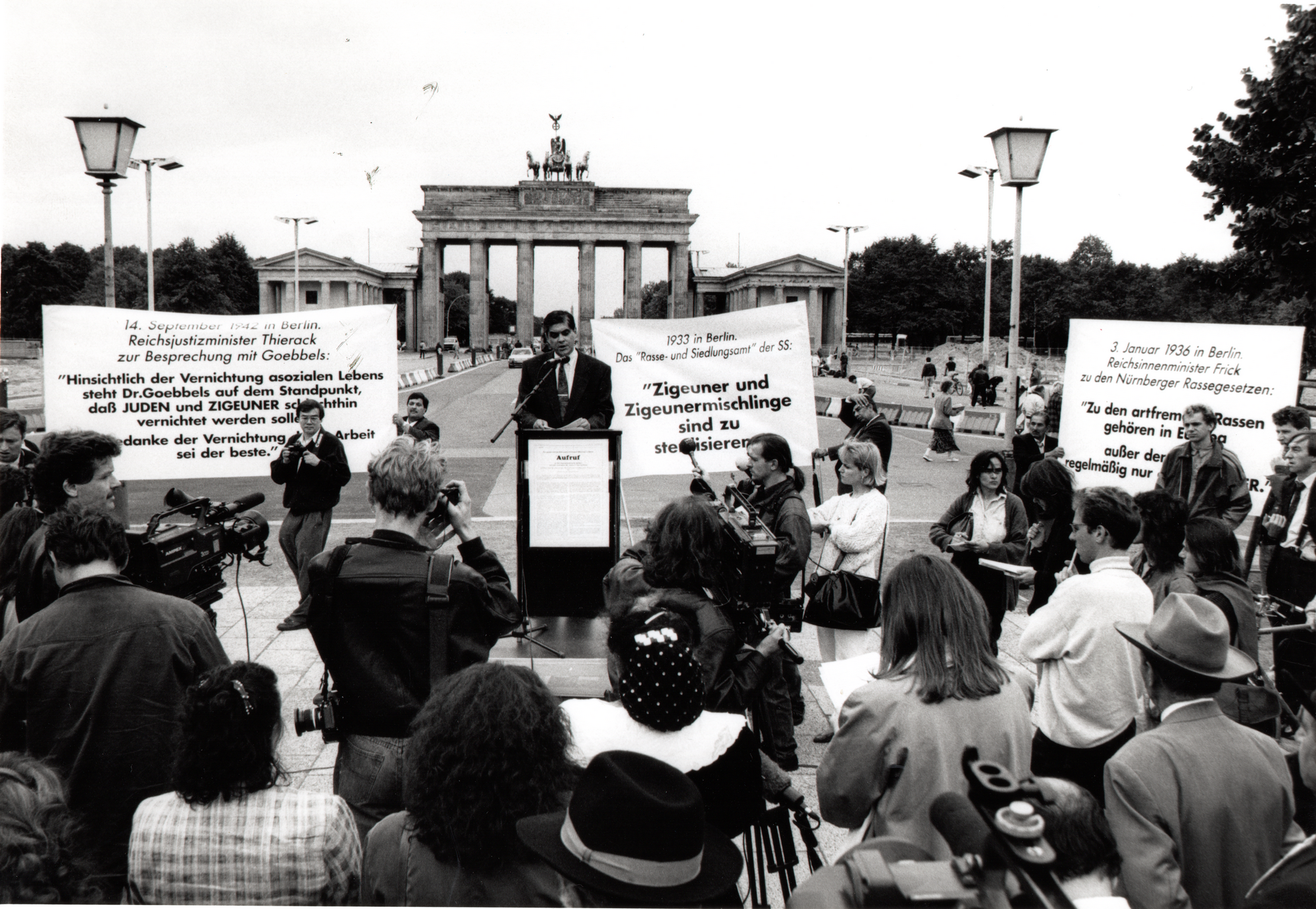
No appropriate compensation for Sinti and Roma persecuted by the Nazi regime
Exhibition “The long path to recognition of the Roma and Sinti Holocaust”
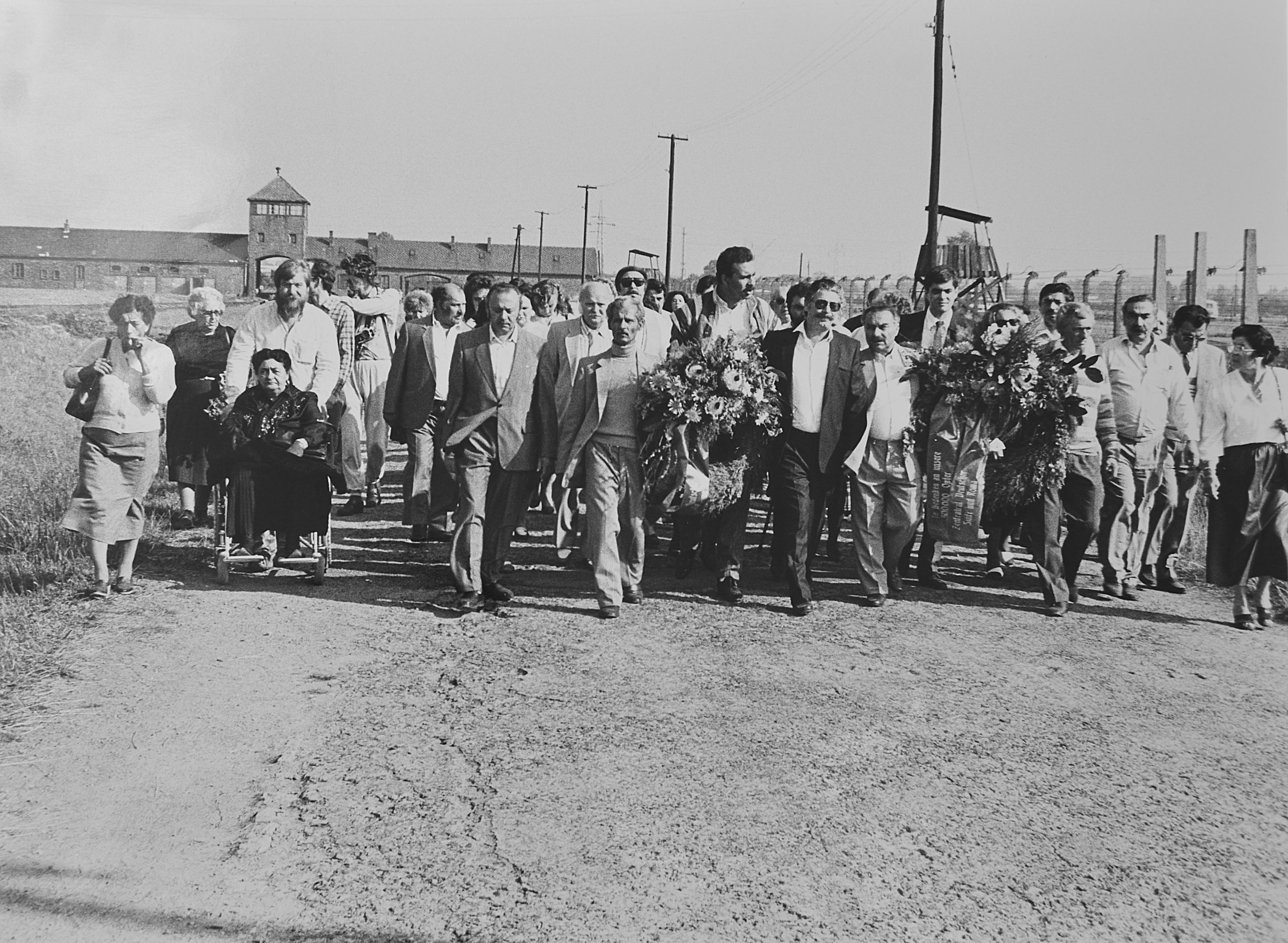
Remembrance in Auschwitz
Exhibition “The long path to recognition of the Roma and Sinti Holocaust”
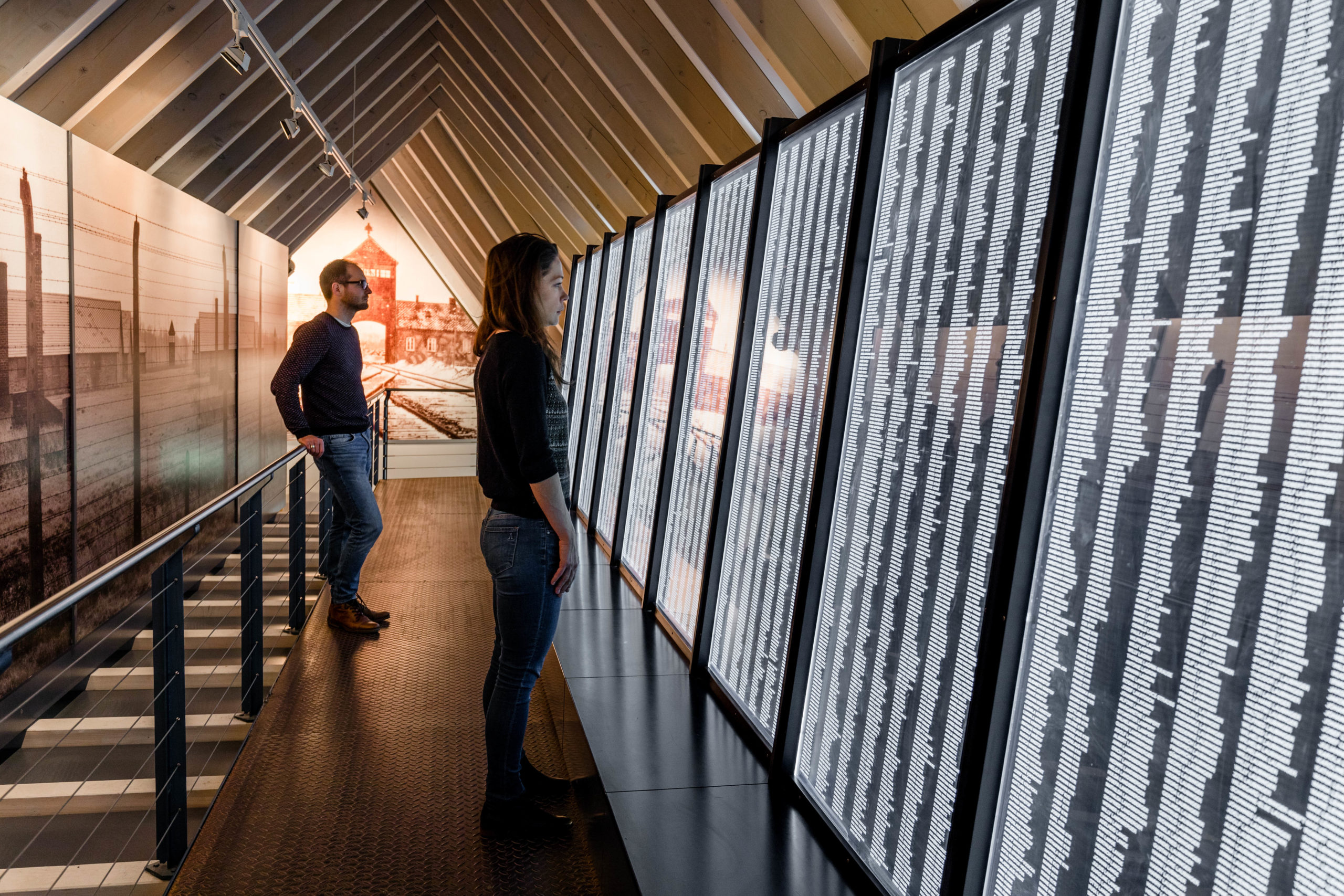
The world’s first permanent exhibition on the Nazi genocide of the Sinti and Roma
Exhibition “The long path to recognition of the Roma and Sinti Holocaust”
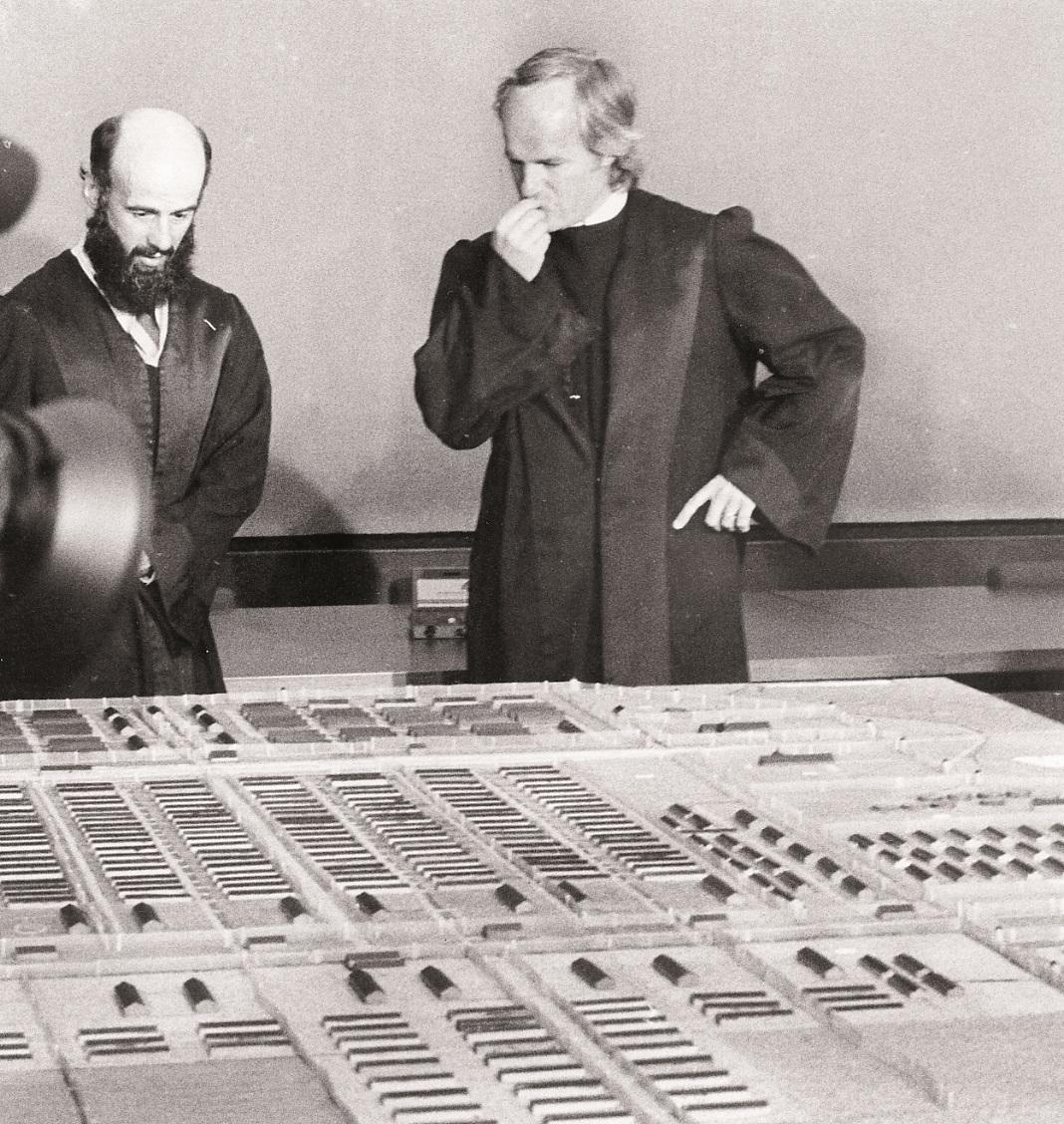
Clemency for the murderers – the Judiciary reviews Nazi crimes
Exhibition “The long path to recognition of the Roma and Sinti Holocaust”


